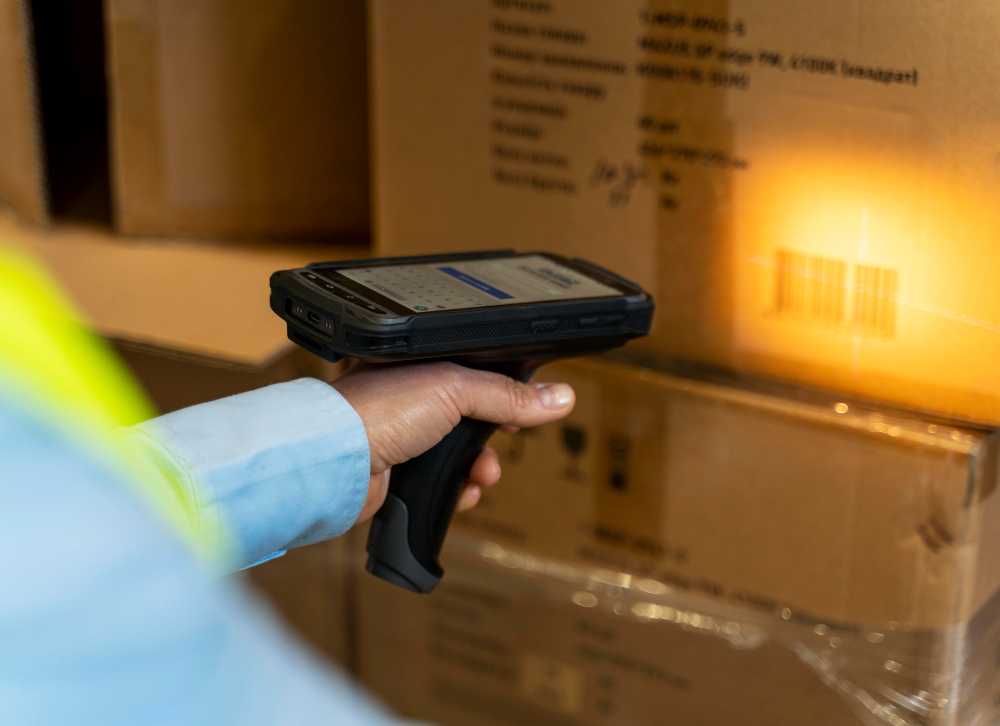Wholesale inventory management can be a bit tricky and challenging, especially for startup businesses.
It can either be a great asset or a big problem for your company.
When you handle your wholesale inventory well, your business can keep growing steadily. But if you don't manage it properly, things can go really wrong.
So, we've prepared an article with different techniques to manage your inventory. You can go through all of them and see which works best for your wholesale business.
Also interested in: Different types of wholesale inventory control methods ?
This will help you choose the right method to take care of your inventory.
And, also make it easier to find the best wholesale inventory management software for your business - one that can handle all the different inventory techniques you decide to use.
Wholesale Inventory Management Definition
Wholesale inventory management is the process of monitoring, tracking, and controlling the flow and levels of wholesale goods upon their arrival at your warehouse until they are delivered to customers.
It is essential for wholesale business to properly manage their inventory to ensure a smooth entire supply chain.
To ensure wholesale inventory management techniques operated effectively, we need wholesale inventory management software.
So, what is wholesale inventory management software?
What Is Wholesale Inventory Management Software?
Wholesale inventory management software is a helpful tool for wholesale businesses.
It is designed to make running large-scale inventory operations easier by automating tasks that used to be done manually.
This kind of software is perfect for businesses that sell items in big quantities to other businesses, not to individual customers.
Wholesale inventory management software takes care of tasks such as automatically updating remaining stock levels, providing real-time insights into stock movement, and even triggering stock reordering as necessary.
As a result, the entire warehousing process becomes streamlined and more organized, enhancing accuracy and productivity.
10 Types of Inventory Management Systems
- ABC Inventory Analysis
- Backordering
- Barcode Tracking
- Batch Tracking
- Bulk Shipment
- Consignment Inventory
- Cross-Docking
- Cycle Counting
- Demand Forecasting
- Dropshipping
- Economic Order Quantity (EOQ) Model
- FIFO & LIFO
- Just-in-Time Inventory
- Minimum Safety Stocks
- Radio Frequency Identification (RFID)
ABC Inventory Analysis
With ABC analysis, your inventories are categorized into different classes based on their importance, price, and sales volume. This way, you can prioritize the management of high-value items while giving less attention to lower-value ones.
Backordering
Backordering is an inventory management process where your customers are given the option to place an order for an out-of-stock item and wait for it to be restocked. Backordering involves keeping track of all backorders and communicating with suppliers to make sure all demand is fulfilled consistently.
 Barcode Tracking
Barcode Tracking
Barcode tracking is an inventory management system that uses unique barcodes or patterns assigned to each item in a warehouse. These barcodes are scanned using barcode scanner to update stock quantity and movement in real-time and other detailed information about products in an inventory management system.
Batch Tracking
Batch tracking is useful for managing perishable items or products with specific production dates. It involves assigning a batch number to a group of items, allowing for tracing the history of each item within the batch, including production dates, shelf life, and any associated issues or recalls.
Bulk Shipment
In an inventory management system, bulk shipment refers to transporting large quantities of similar raw materials or finished goods at once, using modes of transportation, such as trucks, ships, or even trains, depending on the scale and distance of the delivery.
 Consignment Inventory
Consignment Inventory
Consignment inventory management system where a business displays and sells the items without paying for the upfront costs. You pay the vendor only when the items are sold (However, accurate records and communication with the suppliers are essential to ensure that you know when to restock and rotate their products.)
Cross-Docking
Cross-docking is an efficient inventory management system where goods are sorted and transferred directly onto outgoing trucks upon arrival at a warehouse. This bypasses the need for long-term storage and excessive handling, ensuring prompt delivery of products.
Cycle Counting
Cycle counting involves dividing inventory into smaller cycles and regularly counting a portion of it instead of doing a full inventory count all at once. This allows for continuous warehouse operations while identifying discrepancies between actual and expected inventory counts.
 Demand Forecasting
Demand Forecasting
Demand forecasting is one of the inventory management systems that use historical sales data, market trends, and other factors to predict and plan for future customer demand. Demand forecasting helps in making informed decisions regarding the number of products to produce and optimizing inventory management.
Dropshipping
Dropshipping is a fulfillment method of inventory management where the supplier ships products directly to the customer, eliminating the need for the retailer to manage inventory. When a customer places an order, the retailer forwards it to the supplier, who handles the delivery.
Economic Order Quantity (EOQ) Model
Economic Order Quantity (EOQ) model is a calculation that determines the optimal order quantity of inventory based on factors such as purchase costs, carrying costs, holding costs, and production costs. EOQ model aims to minimize overall inventory costs by finding the right balance between setup costs and holding costs.
 FIFO & LIFO
FIFO & LIFO
First In, First Out (FIFO) is the inventory management method where you sell the oldest items in your inventory first. FIFO prevents products from sitting on the shelves for too long, reducing the risk of spoilage or becoming obsolete.
On the other hand, Last In, First Out (LIFO) means that you sell the most recently received items before the older ones. This approach ensures that products are delivered to the market promptly, reducing the chances of them going bad or outdated.
Minimum Safety Stocks
Minimum safety stocks are the minimum quantity of each item that is kept in stock as a safeguard against unexpected situations like increased demand or delivery delays. They ensure there is enough inventory to consistently meet customer needs.
Radio Frequency Identification (RFID)
Radio Frequency Identification (RFID) is an inventory tracking system that uses electronic tags with unique identification codes attached to items. These tags communicate wirelessly with reader devices, providing real-time visibility and traceability of inventory location and status. The automated data collection process makes inventory management faster and easier. Now that we've explored various wholesale inventory management techniques, it is time to discover the ideal wholesale inventory management software that aligns with your chosen techniques, even if you are using multiple types.
Now that we've explored various wholesale inventory management techniques, it is time to discover the ideal wholesale inventory management software that aligns with your chosen techniques, even if you are using multiple types.
It is crucial to make a wise selection, ensuring the software can expertly handle your wholesale inventory management techniques before they potentially lead to issues.
Feel comfortable sharing your challenges with us - we're here to help! If you're curious about what more we can do for your wholesale business, here is the way for you to learn more!